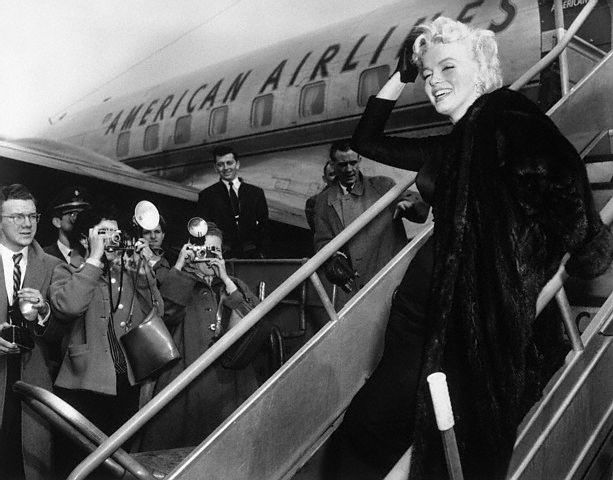I still have no idea why “electronic brain” seems to have been the favored term for computers in the pre-1960s U.S. In fact “computer” was often treated like a silly word to be mocked. Well, by any name, such a machine and its memory helped American Airlines keep track of reservations six decades ago, according to an article in the July 13, 1952 Brooklyn Daily Eagle. The story:
“American Airlines is using an electronic ‘brain’ to keep accurate and up-to-the-moment information on plane seats available.
By manipulating keys on a gadget resembling a small adding machine, a ticket agent can in a matter of seconds determine space available and make or cancel reservations.
The brain housed in American’s hangar at Laguardia Field, consists of a battery of electronic tubes and a ‘memory’ in which is stored the inventory of seats. The memory consists of two magnetized drums on which more than 1,000 flights for a period of ten days is recorded.
Let’s assume that a passenger requests three seats for a flight to Chicago:
1. The agent at one of the remote ticket offices selects a destination plate from a file. This plate is notched like a house key.
2. He inserts the plate in a slot behind eight lucite push-buttons. This sets up the connection with the memory drum at LaGuardia. The eight lucite keys have printed data on flight number, departure time, etc.
3. The agent then pushes buttons designating the date and number of seats requested.
4. In less than a second the brain responds by lighting lucite lamps corresponding to those flights which have three seats available.
5. The passenger makes his choice of flight and the agent flips a key to ‘sell.’
6. A green light indicates that the brain has completed the transaction, subtracting thee seats from the inventory for that flight on the memory drum.”

